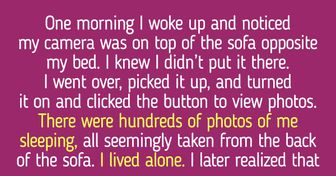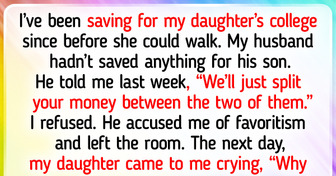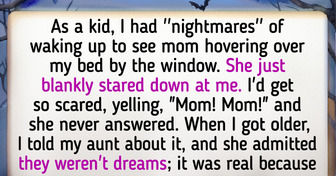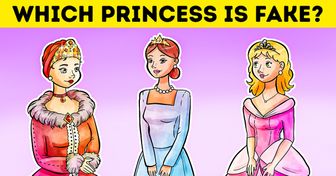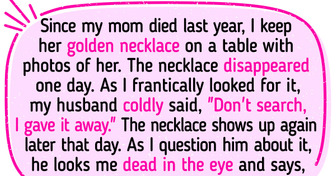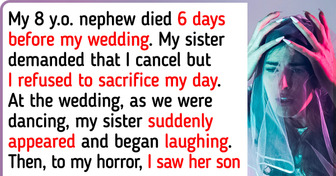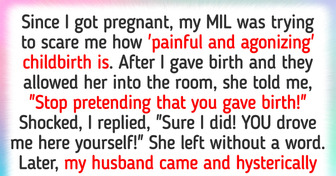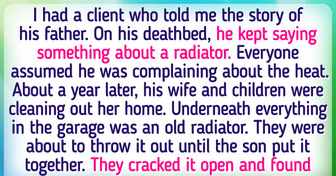I Will Not Look After My Stepchild During a Romantic Getaway
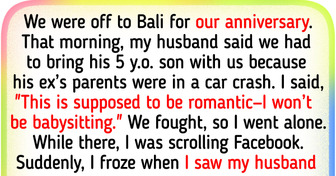
Children today are learning to use gadgets at a very early age. And while technology is a convenient tool for distracting them, physical activities and playing with toys are still important for their healthy development. The good news is that parents don’t always need to spend money on fancy toys for their kiddos. In fact, there are plenty of things inside our homes that could help them learn about the world through play and exploration.
Bright Side selected 10 household items that help kids have fun while boosting their developmental skills as well.
Developmental skills: motor skills, imagination, spatial awareness, and problem-solving
Boxes make great toys because they’re easily accessible, and there’s no limit to what you can do or build with them. Kids of all ages can use them to construct towers, put things inside them (even the tots can wiggle themselves in if there’s space), and make crafts out of the material.
Developmental skills: creative thinking, motor skills, abstract thought, and following directions
Here’s a fun way to recycle the toilet paper tubes — tape 2 together to make binoculars, or make one long monocular and play “I spy” with the kiddos. Decorating the make-believe telescope and imagining scenarios, like being pirates on a ship, will help them work on their imagination. Encouraging them to describe what they see allows them to practice following directions too.
Developmental skills: motor skills, spatial awareness, logic, and hand-eye coordination
Children can work on their motor skills by using these tools to scoop and pour food. Figuring out how much each cup or spoon can accommodate improves their spatial awareness and lets them learn a bit about math and science. It’s also interesting for toddlers to listen to the sounds that these kitchen utensils make when they are banged against different surfaces. Plus, it could be a fun way to ask them to help out when you’re cooking.
Developmental skills: science, hand-eye coordination, and fine and large motor skills
To work on their motor skills, ask your toddler to throw a piece of cotton or a ball inside a plastic cup or container. These cups are also great for creative play — they can stack them up, bang them against surfaces, or explore how sound waves travel by creating an old-school “string telephone.”
Developmental skills: gross motor development, creative thinking, and spatial awareness
Even adults will have a grand time playing pretend and using the baskets as “boats” or “cars.” Laundry containers are just like boxes, but sturdier and more durable. Letting the kids push and pull the basket around will also help them work on their gross motor skills, as it involves whole-body movement.
Developmental skills: sensory awareness, auditory development, hand-eye coordination, and fine motor skills
Picking up a spatula is good for their fine motor skills or the use of smaller hand muscles. And banging one against pots and pans lets them work on their auditory development. You can let their imagination run wild by using the spatulas as playtime sticks and the pots as hats or helmets.
Developmental skills: object permanence, creative thinking, and sensory processing
Putting socks on can help babies develop the concept of object permanence, or the ability to understand that things exist even if they are out of sight. The little ones will learn that their feet are still there even when they can’t see them. Socks can also transform into puppets or actual stuffed toys (if you have the time to make them).
Developmental skills: fine motor skills, relational reasoning, spatial awareness, and creative thinking
Putting in and picking up small objects from these trays are great for practicing youngsters’ pincer grasp, or the ability to hold something between the thumb and the index finger. Asking them to categorize items per color inside the hollow parts lets them work on their reasoning. They can also practice their artistic skills by using egg cartons as their canvas, turning them into their own little masterpieces.
Developmental skills: creative and sensory play, gross motor skills, and object permanence
With the right imagination, these things can make playtime more exciting. They can be used to build forts, tents, and even parachutes. Playing peek-a-boo or hiding items inside the sheets makes toddlers learn about object permanence. The interesting texture of towels can also engage their senses. This could also be a smart way to teach them how to fold at a young age.
Developmental skills: body awareness, facial recognition, and critical thinking
The adorable reaction of babies upon seeing their own reflection can melt any parent’s heart. Kids generally become self-aware of their reflection at about 18 months. And mirror play can help them understand more about their body and their identity. Just make sure to supervise your child so that they don’t accidentally break the mirror, or you can use toy plastic versions as a safer option.
Which household items do your kids love to play around with? How do you keep playtime inside the house fun and interesting?

